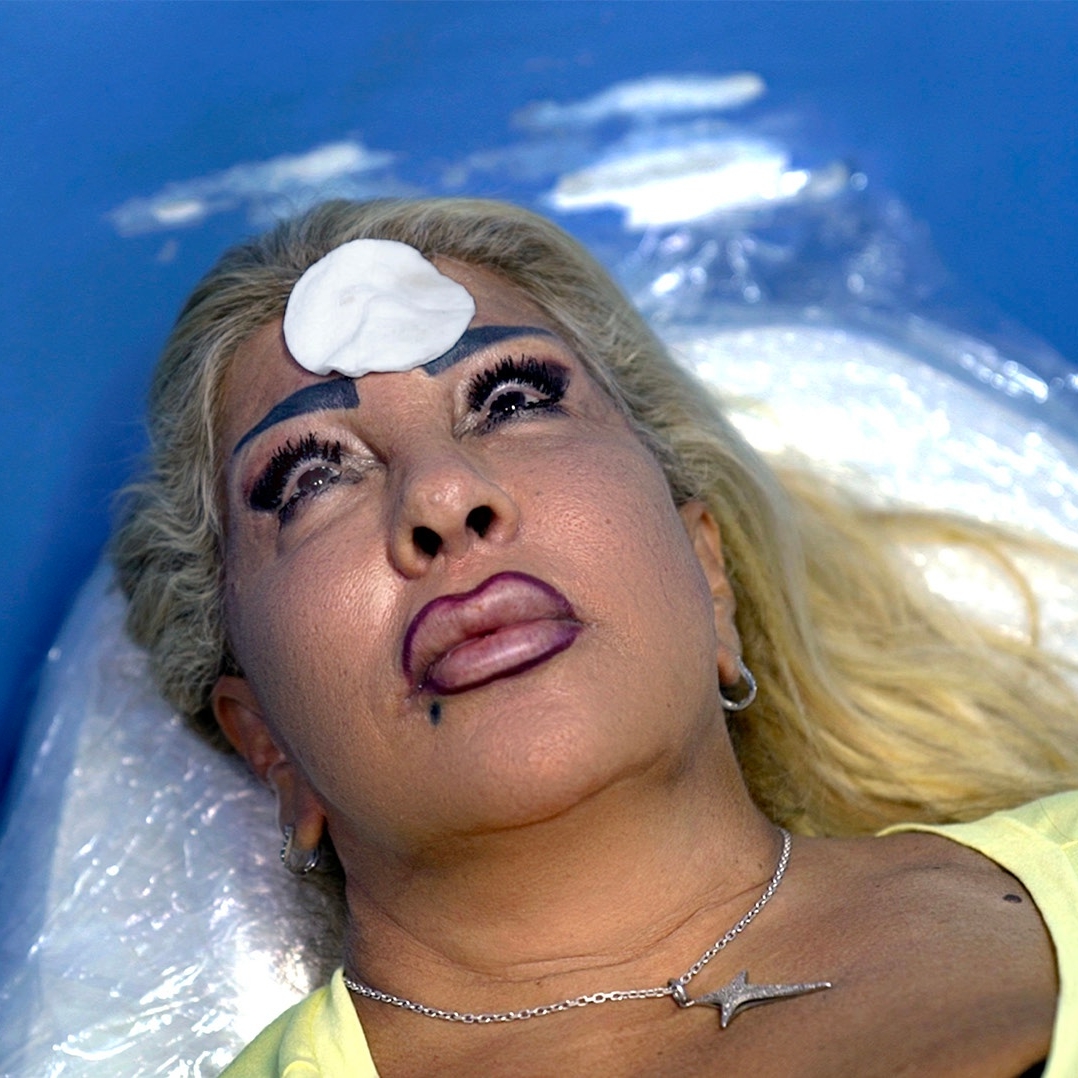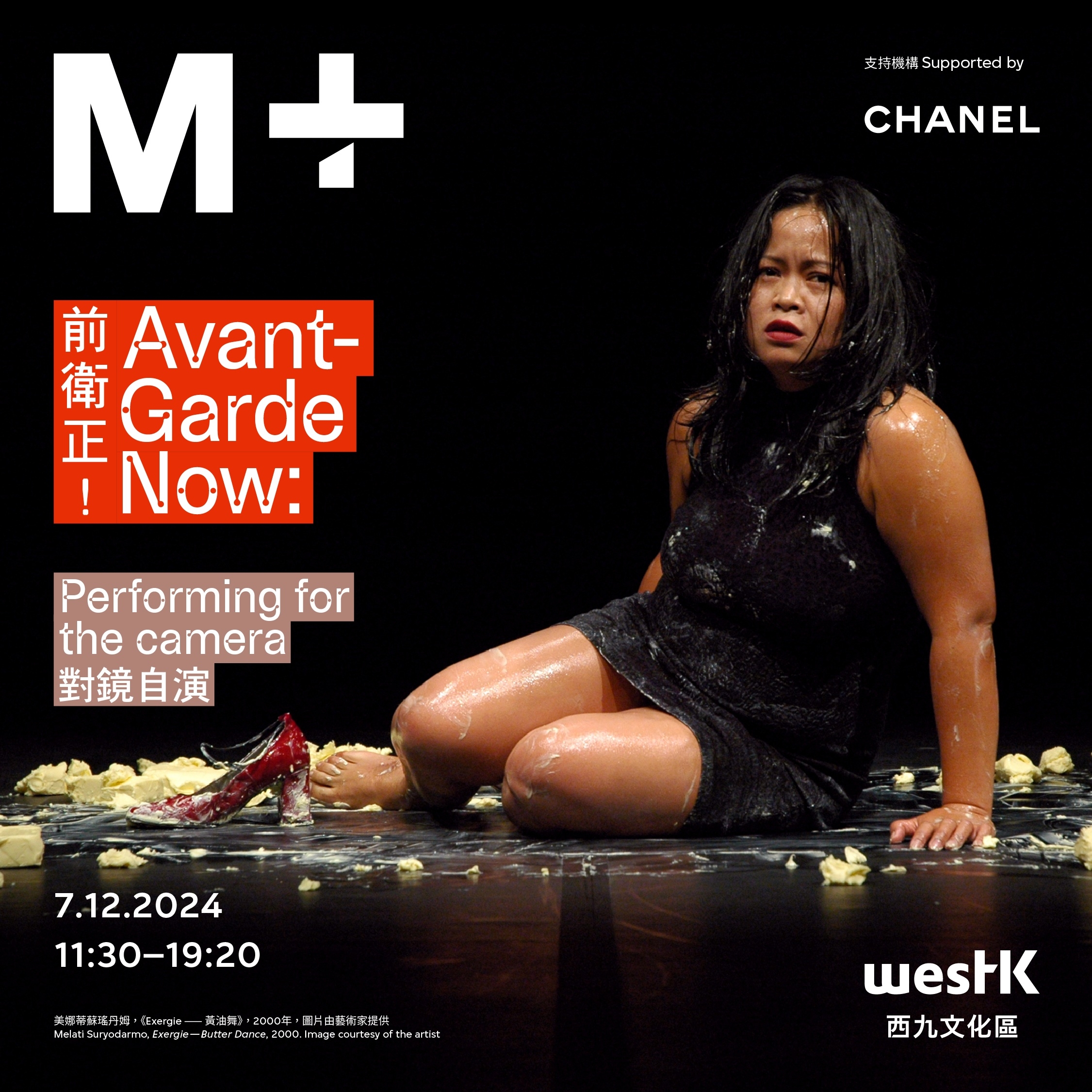Nam Tiếng
Stories of recurrent violence and violation unfold as an artist traces the history of his family's southward movement
Compelling because it is also deeply moving, Nam Tiếng is an experimental short documentary problematising histories of migration by focusing on (and naming) the violence that surrounds it. The film begins with a conversation with Nguyễn Thị Kim Nhung, filmmaker James Nguyen's artistic collaborator and Aunty, who delves into the history of their family's "southward trajectory" since the 1950s.
"From the 1800s, to the 1970s and now, Nam Tiếng traces layered histories of invasion, land theft, and displacement," explained Kate ten Buuren, curator of Now You're Speakin' My Language. "The work interrogates how histories are told, who gets to tell them, and how these stories are passed down through generations."
A statement on Nam Tiếng from artist James Nguyen
"Filmed on Dharawal Land and steeped in the frontier massacres and colonisation of suburban Sydney, we settle by Salvinia infested waters with Nguyễn Thị Kim Nhung to remember her distant homeland. Nhung reflects on the cruelty of children, of waiting for migration papers, rampant development, and family breakdowns due to an ancient curse. This curse, however, is not an external evil, but the internalised theft of land and ongoing appropriation of Indigenous stories by the Vietnamese diaspora.
“Resisting the convenient aesthetics of Eurocentric colonisation, this documentary delves into current research by Dr Theara Thun and old family testimonies to trouble the amnesia of Vietnamese invasion of the South.”
Appropriating the term Nam Tiến – The Southern Progress – a Vietnamese equivalent to Manifest Destiny, this film reflects on the southward trajectory of my own family.
My grandparents were Northern Bác 54. After the fall of Điện Biên Phủ they crossed the 17th parallel in 1954 and were granted land concessions to cut down tracts of native jungle to establish tea and coffee plantations in the Southern Highlands. Following reunification, my dad, along with many others, escaped by sea. He ended up in a refugee camp in Galang, Indonesia, and subsequently resettled on Dharawal Land in Sydney. My brother and I have moved even further south, now based in the Kulin Nations, Melbourne.
This southward movement is never far from recurrent violence and violation. The animations by Phil Soliman are from French anthropological rubbings of the Nine Dynastic Urns of Thế Miếu – made by the imperial order of emperor Minh Mạng (1822-1823) to celebrate Vietnamese conquest of the southern territories. Accompanying these rubbings are old Khmer Bangsāvatār texts by the Venerable Pich and the Venerable Chan. Voiced by Lea Sreng, these Buddhist chants chronicle the torture, massacres, and colonisation of Khmer people throughout this period."
Nam Tiếng is now screening as a part of Now You’re Speakin’ My Language, a digital exhibition co-presented by the Institute of Modern Art (Brisbane) and NOWNESS ASIA and curated by Kate ten Buuren. Through explorations of memory, time, grief, migration, intergenerational knowledges, and more, the experimental moving image makers featured in the series meditate on how language and story connect us across oceans, rivers, lands and imposed borders, and time.
















0 comments
Nam Tiếng
Log in to comment.